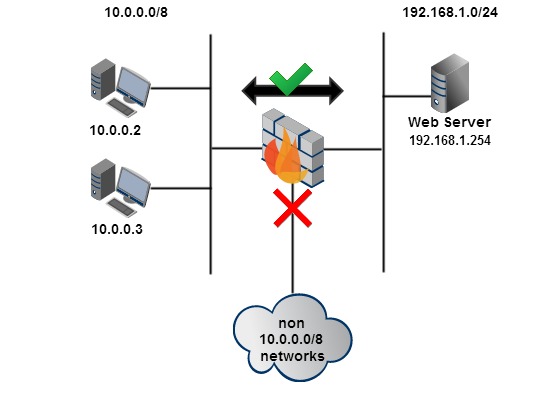Juniper has an SSL VPN appliance and I was hoping they would ante up to compete. – user67327 Jul 15 '13 at 2. Multiple spoke VPN using Meraki MX Security.
To find your Meraki devices IP address open the Meraki dashboard and select ‘Security appliance’ - ‘Appliance Status’. In this photo the number hidden with the blue box is the public IP of the Meraki device. On the left hand bar within the Customer Gateways service screen there is a heading entitled VPN Connections. Flexible tunneling, topology, and security policies Cisco Meraki’s unique auto provisioning site-to-site VPN connects branches securely, without tedious manual VPN configuration. Leveraging the power of the cloud, MX Security Appliances configure, monitor, and maintain your VPN so you don't have to. Meraki MX appliance is configured to operate in passthrough mode as a Layer 2 bridge, and provides services such as firewall, traffic shaping, and security and content filtering. The specific ISR configuration deployed in this example is included as follows as a quick reference. To enable site-to-site VPN between MX Security & SD-WAN appliances, simply login to the Meraki dashboard and navigate to the Security & SD-WAN Configure Site-to-Site VPN page, and select Hub or Spoke and save the page. That's all that is required to enable VPN connectivity.

Meraki Vpn Appliance Reviews
1. Open Start Menu -> Search “VPN” -> Click Change virtual private networks (VPN).
2. From the VPN settings page, click Add a VPNconnection.3
3. In the Add a VPN connection dialog:
- Set the VPN provider to Windows (built-in)
- Provide a Connection name for the VPN connection.
- Specify a public IP address (found in Dashboard, under Security appliance -> Monitor -> Appliance status -> Uplink) or hostname for the Server name or address.
- Select L2TP/IPsec with pre-shared key for the VPNtype.
- Provide a User name and Password (optional).
4. After the VPN connection has been created, click Change adapter options under Related settings.
5. Right-click on the VPN Connection from the list of adapters and click Properties.
6. In the Security tab, select “Require encryption (disconnect if server declines)” under Data encryption.
Then, select Allow these protocols under Authentication. From the list of protocols, check “Unencrypted password (PAP)“, and uncheck all other options.
Meraki Vpn Appliance Parts
Note:
Despite the name “Unencrypted PAP”, the client’s password is sent encrypted over an IPsec tunnel between the client device and the MX. The password is fully secure and never sent in clear text over either the WAN or LAN.
Meraki Vpn Settings
7. Click on “Advances settings“
In Advanced Properties dialog box, choose “Use preshared key for authentication” and enter the same key you used for the client VPN settings in the Dashboard. Note: if you are enabling client VPN for your employees, you will need to distribute this key.
8. Back at the Network Connections window, right-click on the VPN connection and click Connect / Disconnect.
9. Find your VPN profile and click Connect.
Meraki Vpn Windows
10. Enter your user name and password. Click OK.
Was this article helpful?
Related Articles

